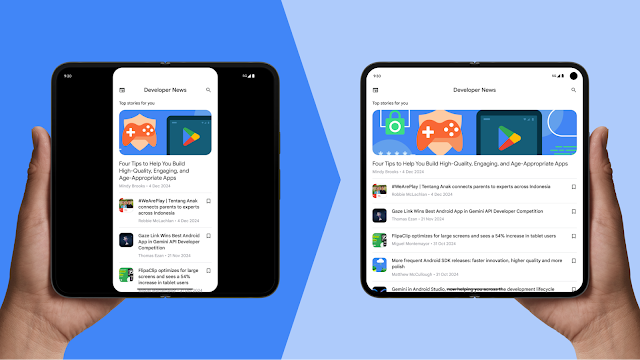
設計和規劃
開始寫程式前,請做好萬全準備,以便設計及規劃優質應用程式。打造良好的使用者體驗、審慎規劃應用程式架構,並遵循建議的安全性和隱私權做法。
建立多個畫面的 UI
Android 應用程式可支援多種板型規格,包括手機、平板電腦、摺疊式裝置和 ChromeOS 裝置。採用調適性版面配置,在不同螢幕上打造優質使用者體驗。
為未來十億名使用者規劃
全球智慧型手機的崛起正以驚人的速度發展,目前市場有數十億名新使用者,卻來自需要獨特的技術與設計決策的市場。請確認您的應用程式已準備就緒。








